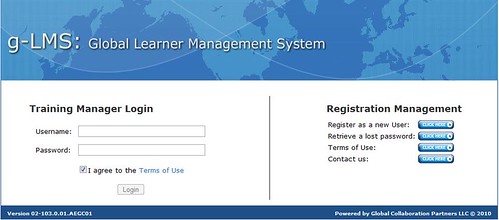
It's another milestone for Global Collaboration Partners! This week marks the first anniversary of our GlobalTrainingPeople site, where we offer a free training program as outreach to anyone, anywhere who wants to work more safely but might not have access to the training that will help accomplish that worthy goal.
We've had a free training program for the past several years, which we hosted at acrosspublishing.com. It has always been a big hit - we've provided training at no cost to way more than 12,000 registered users in over 100 countries around the world. At first our thinking was that people in other countries (who would never be our clients) ought to have access to safety (and other) training, and it costs us very little to put some important courses up on our website and let those folks at it.
What we discovered was that this was an even better idea than we'd imagined. Word spread, links sprouted, and you saw the resulting numbers above. Without doing any marketing of this site whatsoever, it's become known globally as a place to go for free training that isn't just a demo or throwaway stuff - it's actually courses that will send you home from your job with all ten fingers and both eyes intact, or will send you to a performance review armed for getting a promotion.
And not just overseas, as we'd imagined. We get people from US companies registering and taking our free training as well. We discovered a few months ago that a large construction company in the South has a direct link to our free training from their training portal. (You know who you are... and we maintain hope that you'll become a client and get access to more of our courses as well as all the perks of owning your training content, tracking your employees' training, etc.! ;o) Meanwhile, as I said above, the important thing is that people who need this training - who might not have another source for it - are getting it.
One of the cool things about the old acrosspublishing site was that we got letters of thanks and some very helpful feedback from grateful trainees worldwide. What we should have recognized from the start was that we ought to have been giving these people access to each other rather than just corresponding with us - we had the seeds for a worldwide training and environmental health and safety community, and we weren't doing anything with it.
Thus: www.GlobalTrainingPeople.com. A year ago, we redesigned the site, gave it a new name that actually has something to do with what the site is, and built in several networking and community tools. There's a Story Wall where people can post feedback on the courses, a Photo Wall where people can personalize the site a bit, and a discussion forum where we have finally planted the seeds of that professional community we should have been building for the past couple years.
We're very interested to see what happens with one other aspect we built into the site. All our training (except for a 30-title library of safety training in Spanish) is in English. What if we gave people an opportunity to localize the training so that it would be more useful in Uganda, Nigeria, Papua New Guinea, and all the corners of India where our learners come from? What if we set up a way for entrepreneurs around the world to start a business spreading this training around so more people work more safely and productively? We are already getting some interesting emails from folks exploring the possibilities of partnering with us to expand this thing out into the world in a big way. I can't begin to tell you how exciting this is for us!
Please drop by! Take some training, post a photo, give some feedback, join the community, and spread the word!









